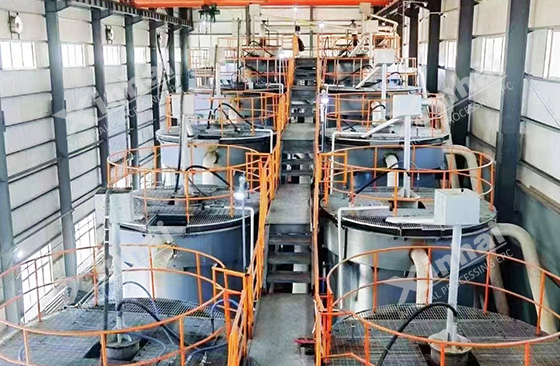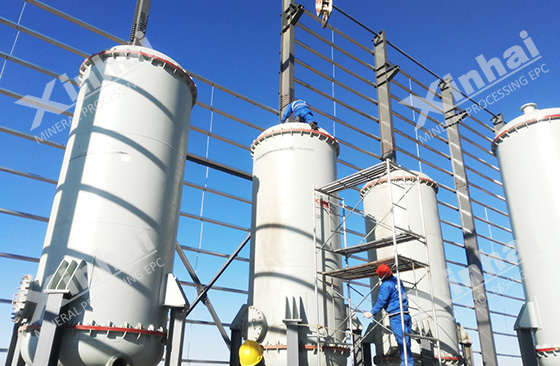Oxidized gold ore has always been an important component of gold mining due to its easy mining and processing characteristics. This article will provide a detailed introduction to three mainstream gold extraction processes from oxidized gold mines: cyanide leaching, heap leaching, and roasting.

Gold oxide is a mineral containing gold, mainly composed of gold trioxide (chemical formula Au2O3). Gold oxide is usually in the form of black or dark brown powder, sensitive to light, and gradually decomposes when exposed to light. It is insoluble in water, but can be dissolved in aqueous solutions of hydrochloric acid, concentrated nitric acid, and sodium cyanide. It begins to decompose and lose oxygen at 110 ℃, turns into gold oxide at 160 ℃, and completely decomposes into metallic gold at 250 ℃.
Gold oxide is the most stable oxide of gold, appearing as a brown or brownish black powder at room temperature. It is sensitive to light and gradually decomposes when exposed to light. At around 300 ℃, it completely decomposes into gold and oxygen. It is soluble in hydrochloric acid and sodium cyanide solutions, and almost insoluble in water. Has a pungent odor.

1. Cyanidation method
This is a classic gold extraction technique that involves adding sodium cyanide or potassium cyanide solution to finely ground ore to dissolve gold in the form of [Au (CN) 2] ^ - ions. Subsequently, gold can be recovered through activated carbon adsorption or zinc powder replacement. This method is suitable for most types of oxidized gold ore, especially when the gold particle size is small, the effect is better. However, the cyanide method poses environmental pollution risks and requires strict control and management.
2. Heap leaching method
This method involves stacking the crushed ore on a dedicated yard, spraying cyanide containing solution to permeate the ore pile, and the gold dissolves with the flow of the solution. This method has low cost and is easy to operate, but it occupies a large area and the use of cyanide also brings environmental and health risks.

3. Roasting method
For carbon containing or other difficult to treat oxidized gold ore, roasting is an effective method. By heating to high temperature, sulfide minerals are converted into oxides, and gold evaporates and is collected through condensation. The roasting method can process low-grade ores, but it has high energy consumption and may produce harmful gases such as sulfur dioxide.
The selection of each method depends on the characteristics of the ore, economic benefits, and environmental protection requirements. The cyanide method is widely used in small and medium-sized mines due to its efficient gold recovery rate; The heap leaching method is more suitable for large-scale open-pit mining; The roasting method has shown unique advantages in processing specific types of difficult to select ores. In summary, each process has its own applicable scenarios and challenges, and the rational selection and optimization of gold extraction processes are crucial for the sustainable development of mines.